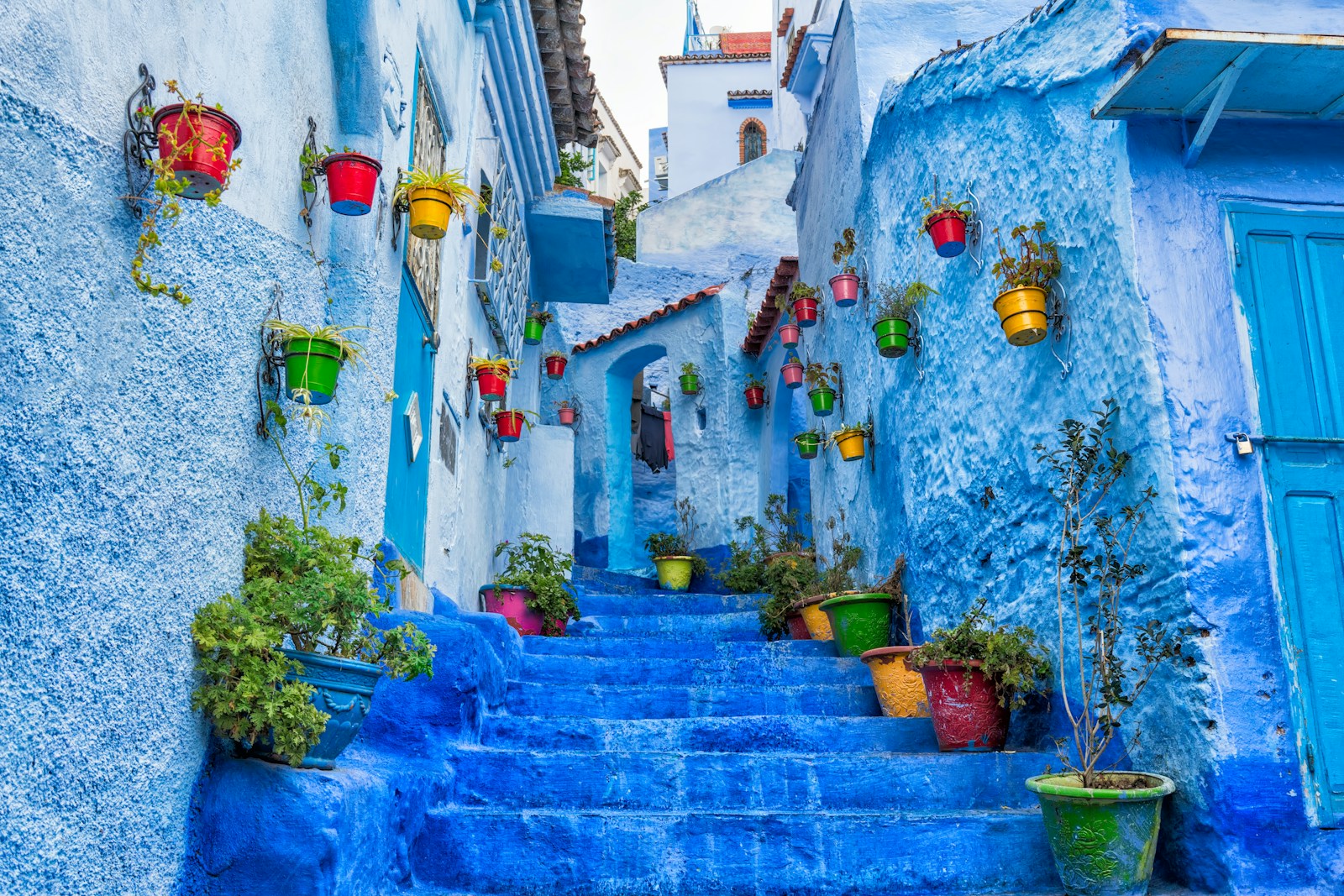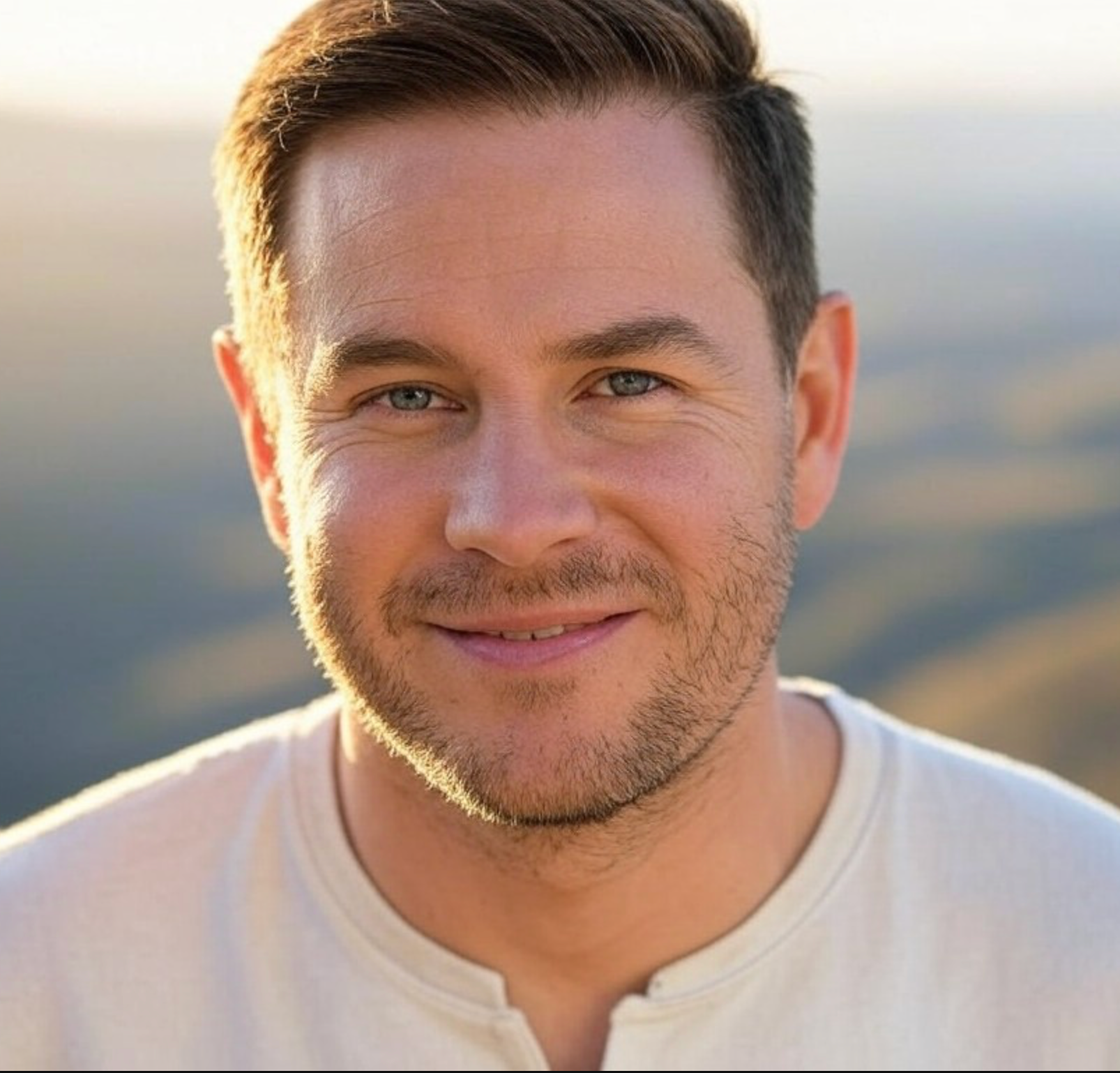Morocco, with its climate, currency, budgeting, transportation, accommodations, precautions, and more, offers a wealth of practical aspects every traveler should know before embarking on a journey to discover its wonders.
Is Morocco an Easy Destination?
For solo travelers, Morocco is an excellent destination for beginners, thanks to its well-developed infrastructure (transportation, accommodations), ease of communication, and relatively low risks. It’s a top choice for a first international trip away from home.
Entry Requirements for Morocco
For a tourist stay of less than three months, all Europeans citizens and several other nationalities need a passport valid for at least six months from the entry date. No visa is required. Note that even for organized trips, an ID card is not enough; a passport is mandatory.
Bringing a vehicle to Morocco is relatively straightforward for tourists staying less than three months. Just ensure your vehicle insurance covers Morocco. Otherwise, you’ll need an extension or to purchase temporary insurance. To prevent the resale of foreign vehicles, Morocco requires drivers to exit the country with their vehicles, or face fines and other issues.
Currency in Morocco
The Moroccan dirham, divided into 100 centimes, is the currency used.
Exchanging money is easy in Morocco, a tourist-friendly country. Visitors find exchange offices at ports and airports, in most banks, and sometimes in hotels, though rates vary. ATMs are widely available.
While the dirham is the official currency, it’s possible to pay for various things in euros in tourist areas. It’s wise to carry some euros in cash.
Budgeting for Your Trip
The budget for a Moroccan trip varies by type of visit and season. However, Morocco is generally economical compared to Europe.
Expect to spend less than 50 euros per day per person for a budget traveler, including public transport, meals at markets or small restaurants, and stays in mid-range hotels. For more convenience and activities, budget 50 to 80 euros per day.
Getting to Morocco
Morocco has around fifteen airports, with Marrakech and Casablanca being the main hubs. Many French airports offer direct, regular, or low-cost flights to Morocco. Besides Casablanca, Marrakech, and Agadir, flights also head to Tangier, Fez, Ouarzazate, Essaouira, and other cities, often at attractive prices, even in high season.
By sea, Morocco, particularly Tangier, is accessible via ferries from the Spanish coast and even Sète for Tangier and Nador services. While Morocco isn’t a major cruise destination, it still welcomes around 400,000 cruise passengers annually.
Getting Around
Having a personal vehicle is ideal, especially in the South or desert areas. Rental prices for small cars make this a good option for groups of two or three. For French nationals, driving in Morocco is straightforward.
For solo travelers or those preferring public transport, trains (in the North) and buses are effective. Grand taxis can supplement these options. Remember, some journeys outside major routes may be time-consuming or complicated. In cities, walking supplemented by small taxis is advisable.
Accommodations in Morocco
As a tourist destination, Morocco offers a wide and varied range of accommodations at very competitive prices compared to France, though prices rise in peak season and popular locations. From campings and guesthouses to hotels, including famous riads, and homestays, the options are vast.
Dining in Morocco
Morocco offers excellent, affordable dining options. From small local establishments to tourist-friendly restaurants offering meals around 10-12 euros, street stalls, cafeterias, tea rooms, and bakeries, there’s something for every taste and budget.
Communication in Morocco
While Arabic is the official language, French is widely spoken, especially in cities and tourist areas. It’s the country’s primary foreign language, so communication is rarely a problem.
Time Difference with Europe
Morocco operates on UTC+1 but doesn’t observe daylight saving time. This means Morocco is one hour behind France in summer and aligned in winter.
Electrical Plugs to Expect
Morocco uses 220 V (50 Hz) with “French” or officially types C + E plugs. No special arrangements are needed.
Health Risks in Morocco
Basic precautions regarding hygiene, sun exposure, and particularly water and food consumption are advised. No vaccinations are required, and malaria is not a concern. Most traveler ailments are minor, often digestive due to water or food quality.
Safety in Morocco
While the risk of serious crime is low for visitors, petty theft in tourist areas or crowded places like souks and stations can occur. With common sense and discretion, risks remain minimal. However, small scams or tourist harassment can be bothersome in tourist cities.
Socio-political issues and past events, including terrorism, suggest prudence and staying informed, especially outside tourist zones or off the beaten path, like in the Western Sahara, where landmines are still present.
Packing for Morocco
From spring to autumn, pack light clothing and a warm layer for evenings and higher altitudes. Winter requires warmer attire, especially away from the coast or in the south, with rain more likely in the north. In the desert, sunglasses, sun protection, a hat, and optionally a cheich (local long scarf) are essential.
Overall, Morocco’s cities are well-stocked with any necessary equipment or materials.
Best Time to Visit: Climate and Weather
Morocco’s diverse geography, from sea level to mountains over 4,000 meters, results in significant climate variations. Coastal areas are pleasant year-round, with mild summers and winters. Inland areas have a continental climate, hotter in summer and colder in winter. The desert is best avoided in summer due to extreme daytime temperatures.
Spring and autumn offer the best climate for visiting inland Morocco, while the coast is most pleasant from April to November.

